How Forty Baskets Beach didn’t get its curious name
One of the most curiously named localities on the northern beaches is Forty Baskets Beach, which lies nestled into the north-eastern flank of Balgowlah Heights, opposite Fairlight.

Manly
Don't miss out on the headlines from Manly. Followed categories will be added to My News.
One of the most curiously named localities on the northern beaches is Forty Baskets Beach, which lies nestled into the north-eastern flank of Balgowlah Heights, opposite Fairlight.
For many years, it was believed that Forty Baskets was named in 1885 following the return from Sudan that year of the NSW Contingent, which was quarantined at North Head.
The contingent consisted of an infantry battalion and an artillery battalion, totalling 758 men, who rallied to England’s call for help after General Gordon was captured and killed in Khartoum while trying to retake the city from Sudanese rebels trying to overthrow the British-backed government of Egypt in Sudan.
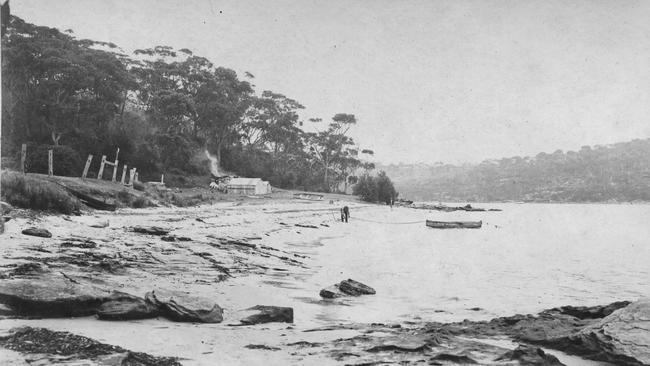
The contingent saw little action and returned to Sydney on June 19, 1885, but was quarantined at North Head because some of the men were infected with various diseases.
The soldiers were angry at their confinement and, in response to complaints about the poor food they were receiving, the soldiers were sent all manner of foodstuffs.
But no fish were supplied, so the residents of Manly rose to the challenge under the direction of a local dentist, Clement Benbow.
For many years it was believed the fishermen of Manly had caught 40 baskets of fish, mostly in North Harbour, and that this was how the beach came to be named.
As colourful as this explanation is for the origin of the name, it’s not true – the beach had been known as Forty Basket – singular – for at least 26 years prior to the return from Sudan of the NSW Contingent.
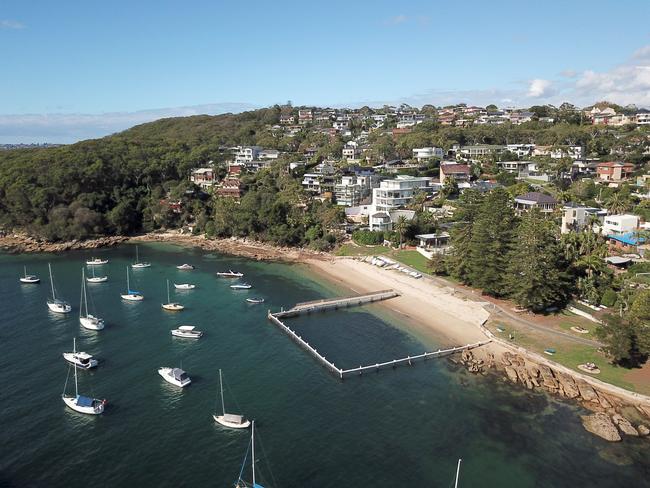
In the 1990s, local historians Shelagh and George Champion found an advertisement in a Sydney newspaper published on May 23, 1859 regarding a sailing regatta at Manly to be held the following day in which it was stated that one of the flag-boats around which the boats would sail was located off “Forty Basket” Beach.
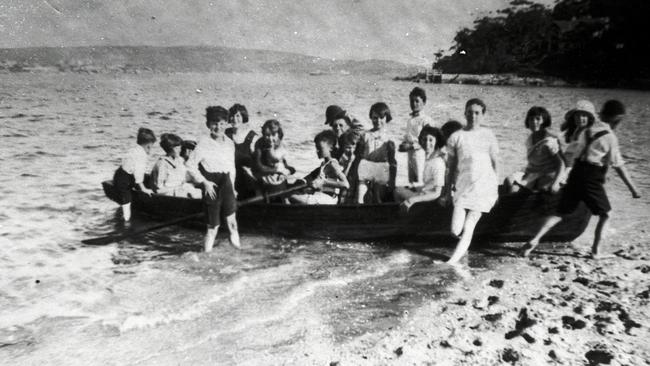
Two months later, on July 9, a rowing regatta was held on North Harbour and again one of the flag-boats around which the boats were rowed was located off “Forty Basket” Beach.
No earlier mention of Forty Basket or Forty Baskets Beach – singular or plural – has been found and no specific explanation has been forwarded as to the name’s origin, although it would seem logical to assume it was linked to baskets of fish.
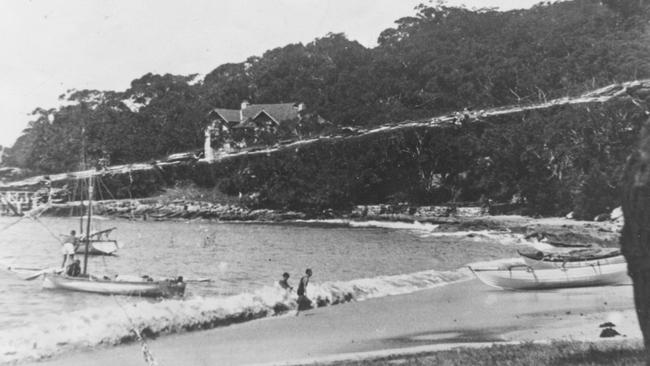
But former Manly, Warringah and Pittwater Historical Society president Richard Michel has found another possibility.
These days we tend to think of baskets of being of any size and shape but in the 1800s and earlier that was not always the case.
“A ‘basket’ was a controlled container used in the trading of dry goods,” he wrote recently.
“It was used to contain a bushel.”
Like most old measurements if volume for both liquid and dry goods, the system used language that would be foreign to many people these days – two dry pints equalled one dry quart, eight dry quarts equalled one peck and four pecks equalled one bushel.
In Imperial measurements, as opposed to those used in the United States, a bushel was 2,219 cubic inches or 1.28 cubic feet, or 36,362 cubic centimetres or 0.036 cubic metres.
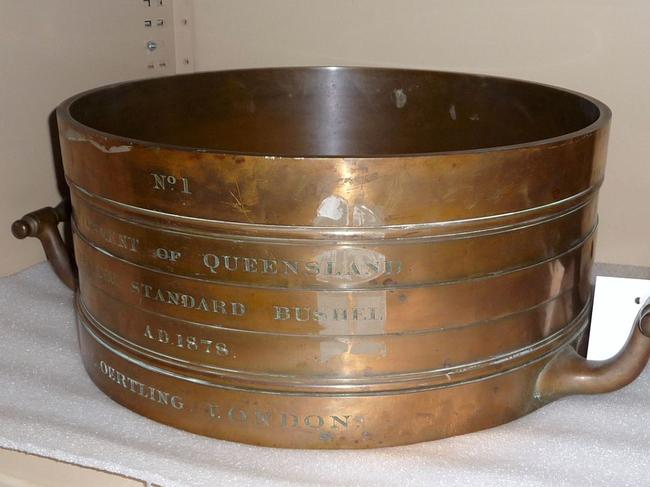
These days bushels are more often used as units of weight, rather than of volume.
But why Forty Basket, rather than Forty Baskets?
“The quantity 40 was not necessarily just a random amount,” Mr Michel wrote.
“For dry goods, 40 baskets was defined as a ‘load’.
“We say a 10 tonne load, not a 10 tonnes load.
“Hence, a 40 basket load and a Forty Basket Beach – perhaps.”
But a load of what?
Mr Champion wonders if it had anything to do with the wreck of the Dunbar on South Head at night on August 20, 1857 – two years before the first known reference to Forty Basket Beach.
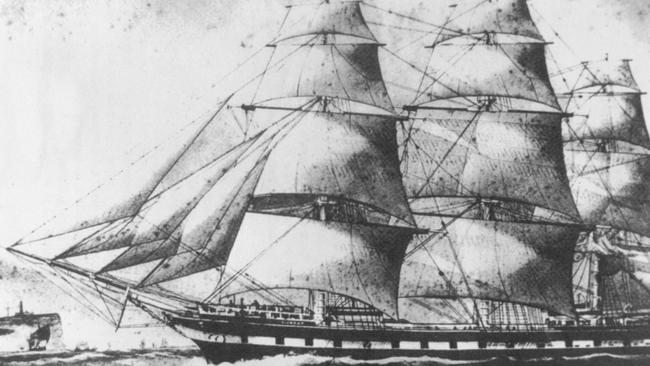
Of the 122 people on the Dunbar, only one survived, making it the Sydney’s worst maritime disaster.
The day after the wreck, searchers scoured the shore of North Harbour and Middle Harbour for the bodies of the dead, many of which had been mauled by sharks.
Searchers also found the splintered wreckage of the ship and other flotsam on the shore, including the ship’s Bible, which was found at Forty Baskets Beach by one of the sons of the family that lived there.
Could the salvagers have recovered 40 baskets containing various goods at Forty Baskets or recovered enough to fill 40 baskets?
Unless some undiscovered record from the past is unearthed at some point in the future and reveals the true story, we may never know.


